How to Choose Summer Tires: Top 7 Factors to Consider
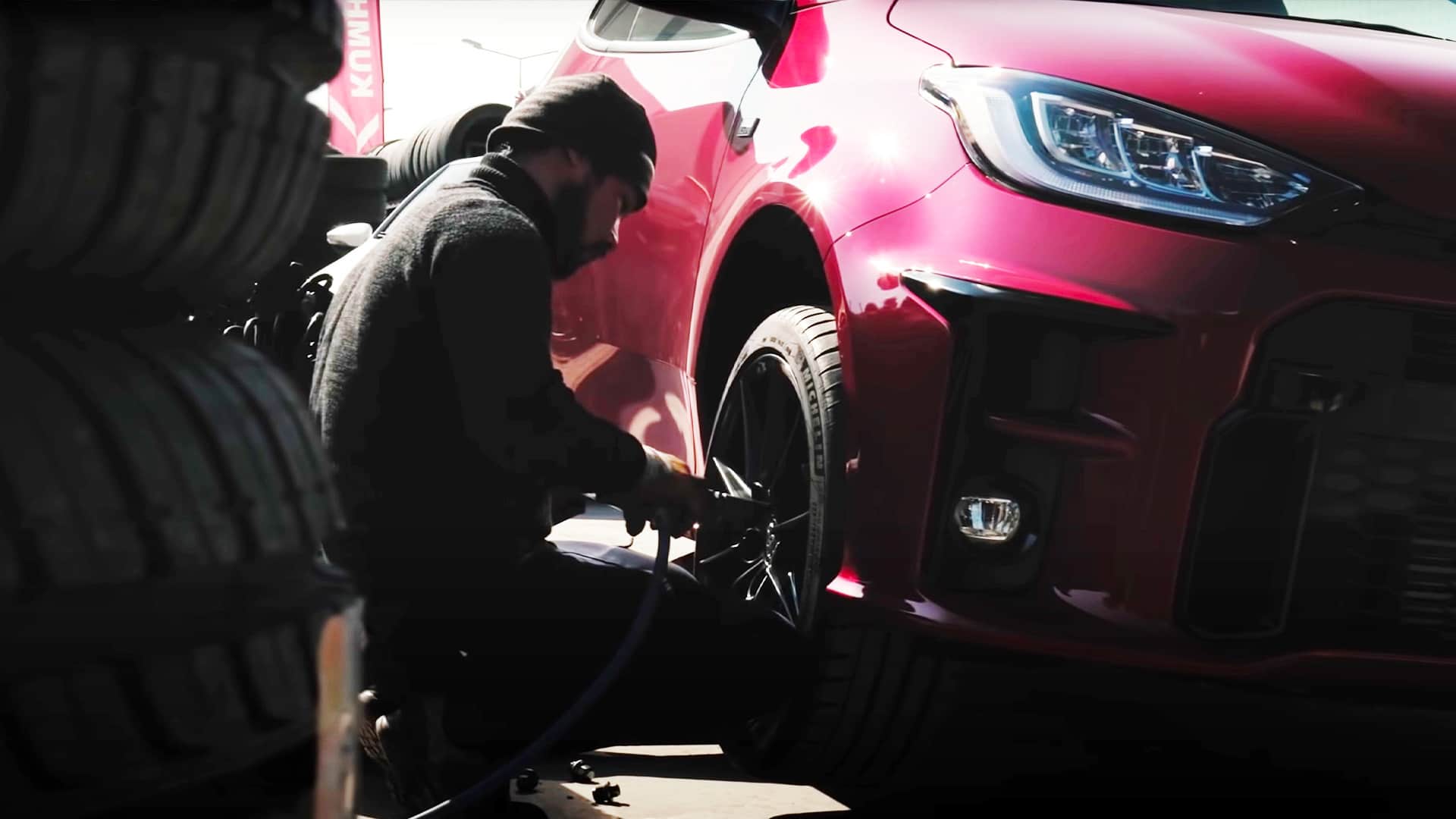
Summer is coming, and you might be getting ready to change your winter or all-season tires for summer tires. Or you might be wondering why you need to do this. After all, aren’t all-season tires just that, meant for all seasons? Yes, and no.
In this article, we’ll guide you through the process of how to choose summer tires. If you’re wondering where to start in terms of brands, we’ll take you through three popular options later on in this article.
What Are Summer Tires?
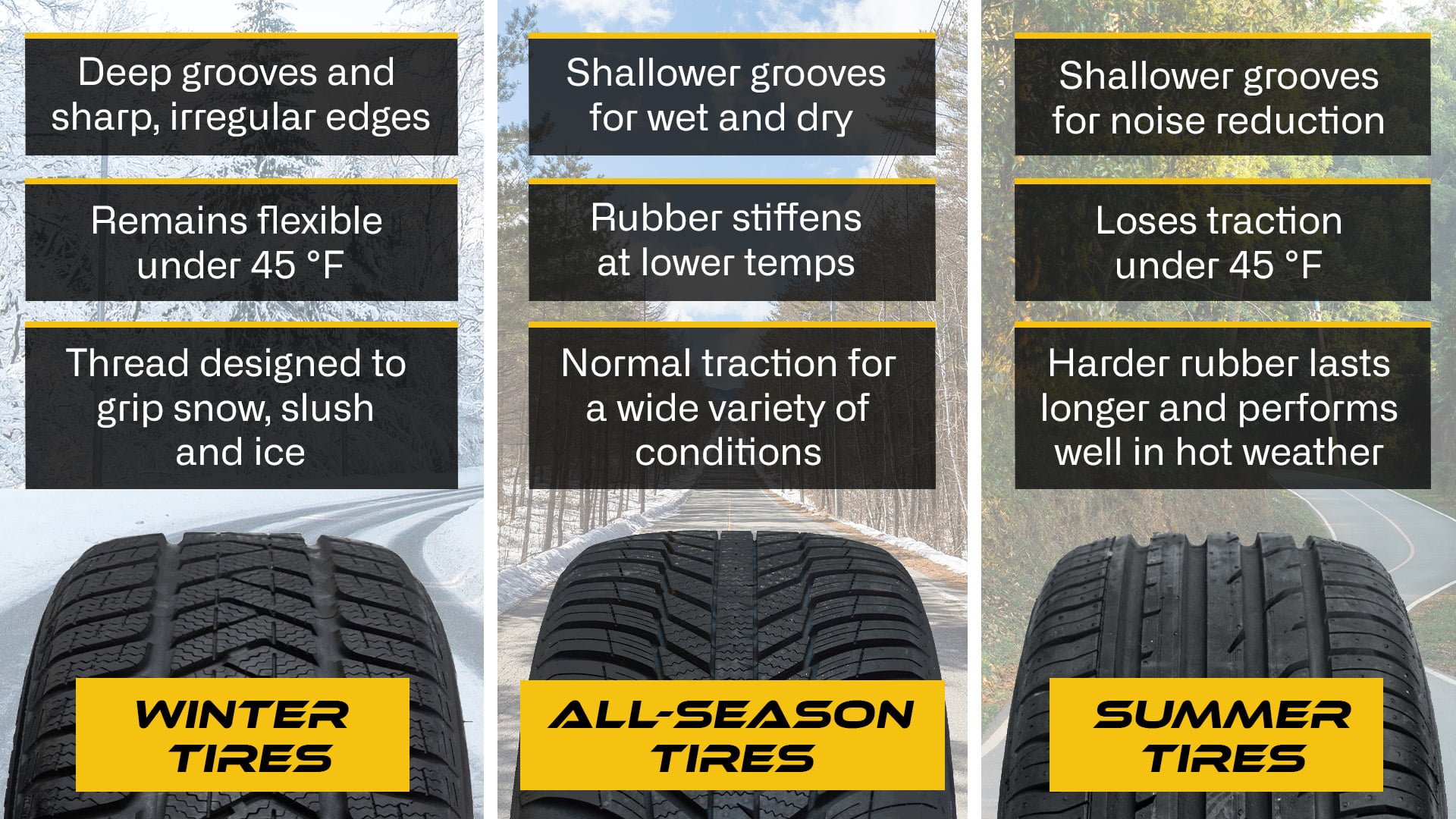
Summer tires, also known as performance tires, are constructed from a softer rubber compound that grants excellent ride and handling characteristics in dry and wet conditions.
Summer tires tend to have shallower grooves, softer rubber in the sidewall and tread, and directional tread patterns. They also have a solid, defined rib running down the middle of the tread.
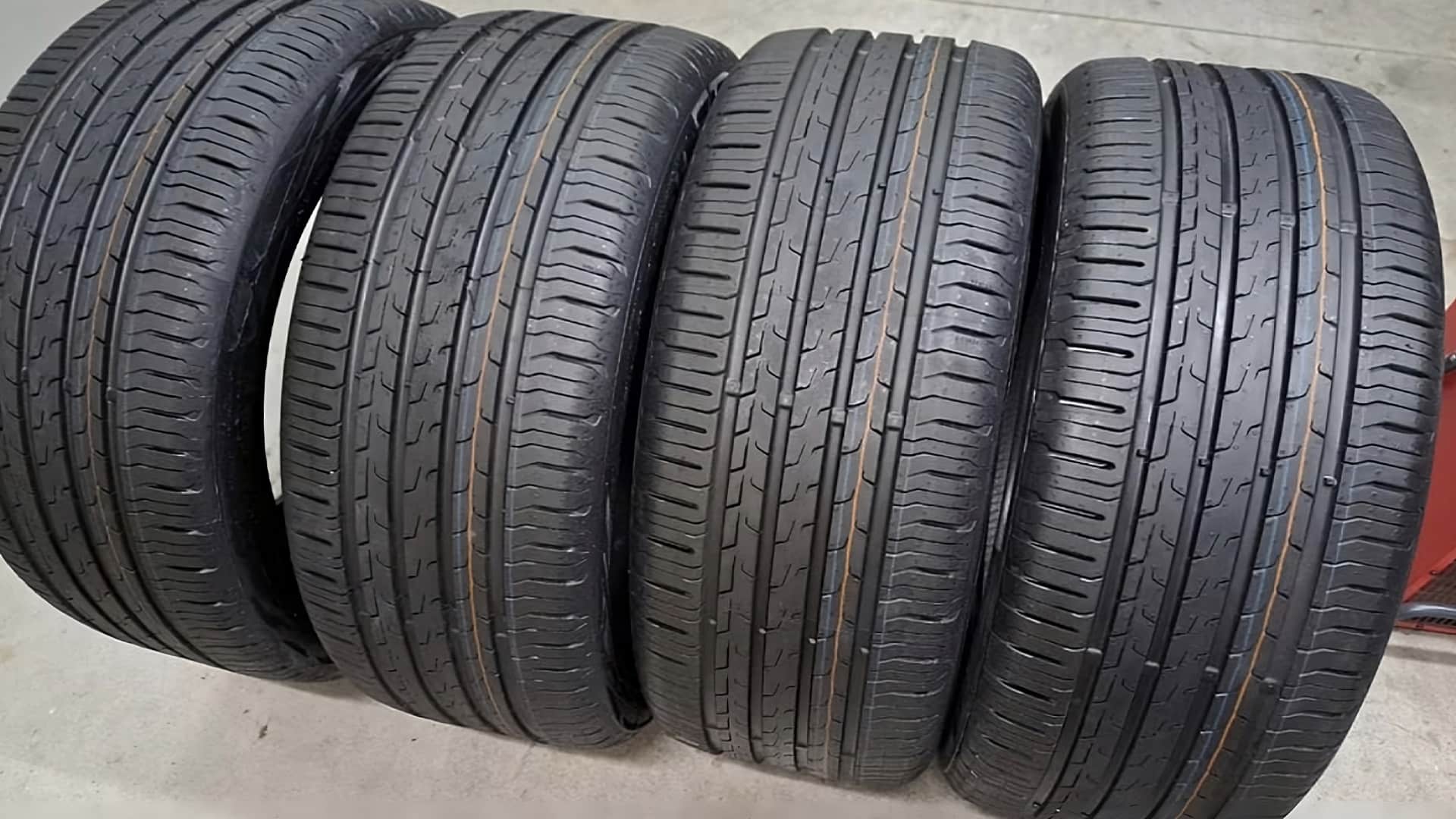
Needless to say, summer tires are optimized for the hotter temperatures that summer brings, which is particularly useful in hotter states, where the blacktop’s temperature can easily reach over 120F.
A winter tire will degrade quickly under these conditions, and it simply won’t perform properly, endangering your vehicle’s occupants as well as other road users and pedestrians.
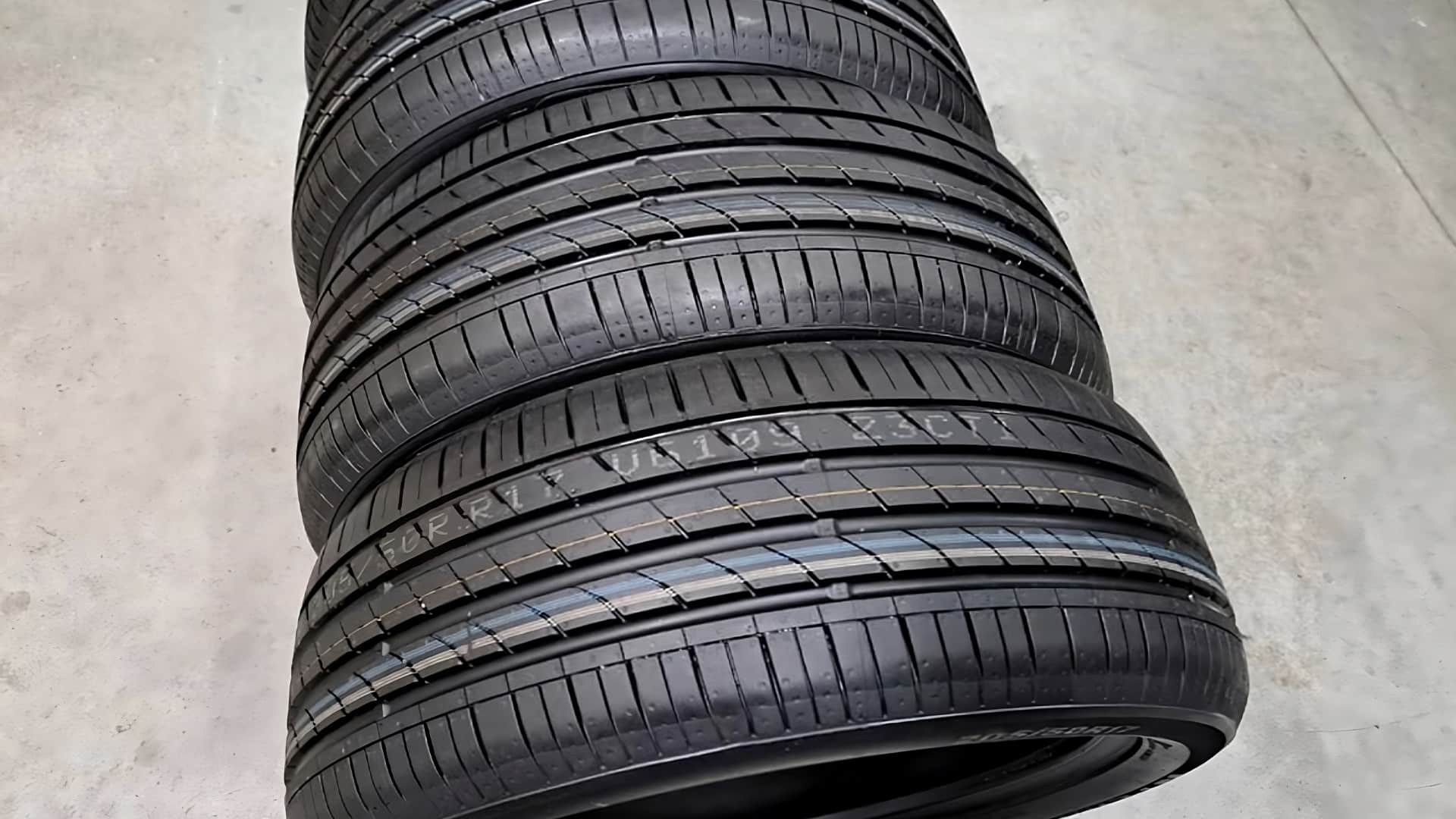
An all-season tire may fare better, but will still struggle as temperatures rise high. This is why those in cooler climates may be able to manage with all-season tires, but those in hotter states quickly break out the summer tires.
Conversely, summer tires struggle to perform at temperatures below 40F, so we’d recommend switching to winters or all seasons well before the thermometer heads that low.
How to Choose Summer Tires:
1. Consider road conditions and driving habits
Summer tires are performance tires that are designed for optimal ride and handling on blacktop. Whether it’s the city or the highway, they offer the best grip and are particularly important if you’re an enthusiastic driver, or have a particularly heavy right foot.
Needless to say, if you take your car to the track, dragstrip or enjoy performance driving, you need a set of summer tires as you’ll be the slowest thing around if you stick with your all-season tires. Winter tires will just make you a liability as you slip around with no grip, and may meet the Armco in a less than gentle fashion.
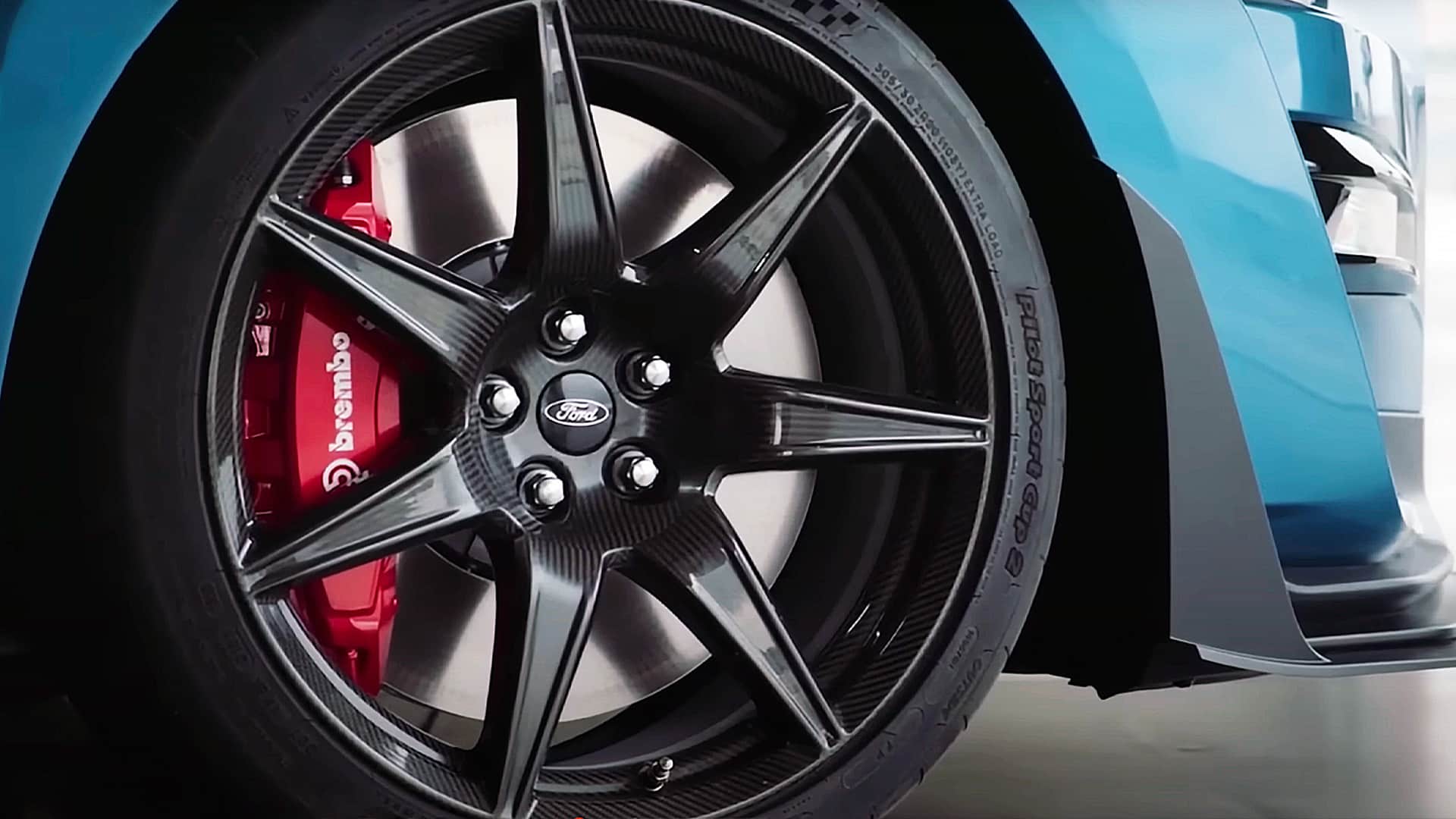
2. Evaluate performance under wet and dry conditions
Generally, the grip performance of summer tires is optimized to be at its best during dry conditions, but they can also cope with ample amounts of water. This is because hot climates do face heavy downpours, and a summer tire can dissipate plenty of water when in good condition.
While we don’t recommend trying to drive like an Indycar driver when the road turns wet, the average driver doesn’t really need to worry about driving in the rain on summer tires. As long as they are not worn out, the will perform adequately and you can get to your destination safely.
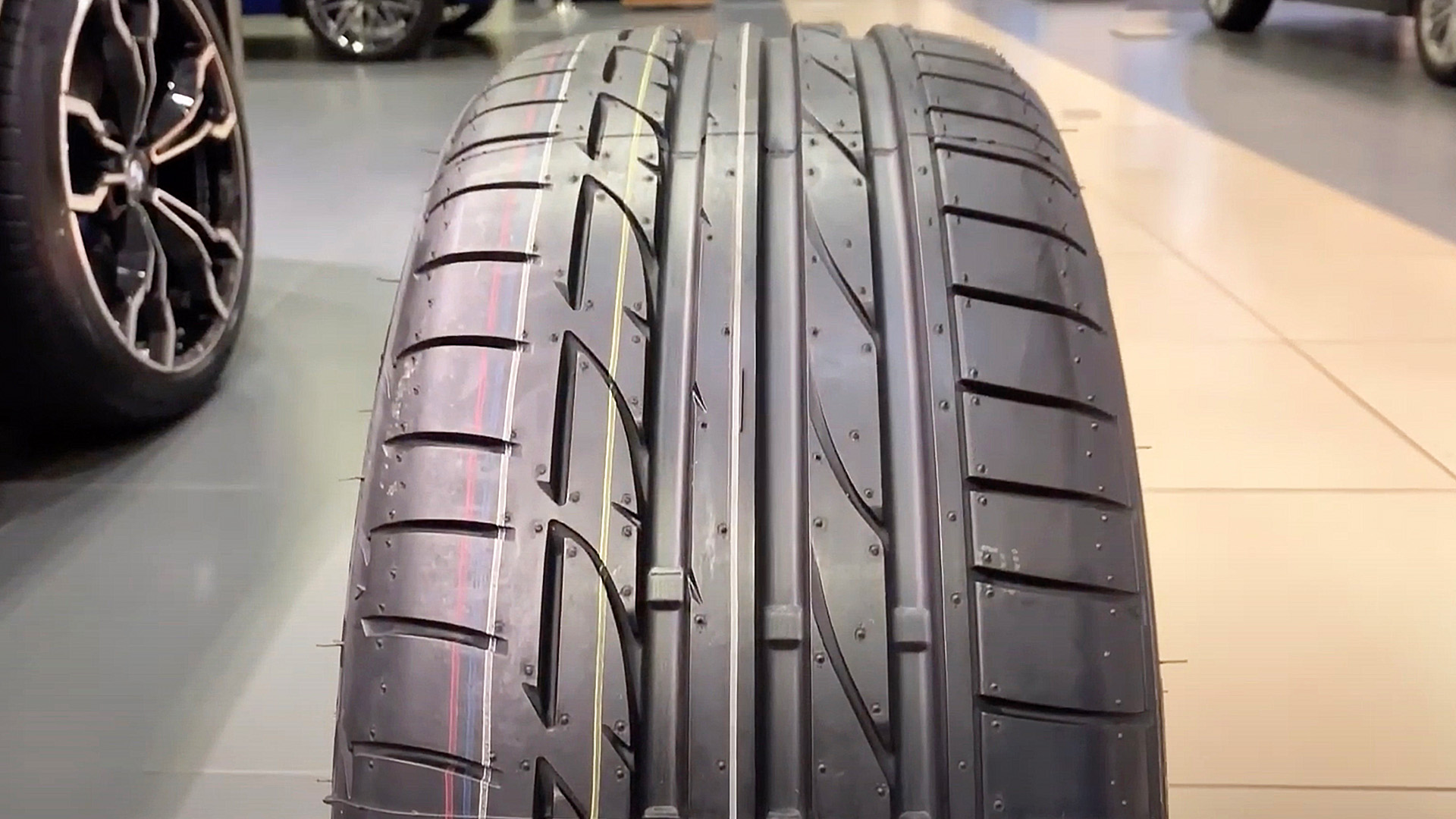
However, summer tires can’t move as much water as all-season tires, mainly if the road is grimy, slippery or slushy. Their shallower grooves can quickly get filled in with muck, degrading performance.
This is why winter tires have deeper grooves, more voids, and variations in tread pattern, and don’t typically have a defined central rib. They aren’t directional either and have a symmetrical tread pattern for maximum water dissipation under a mix of conditions.
3. Load Capacity
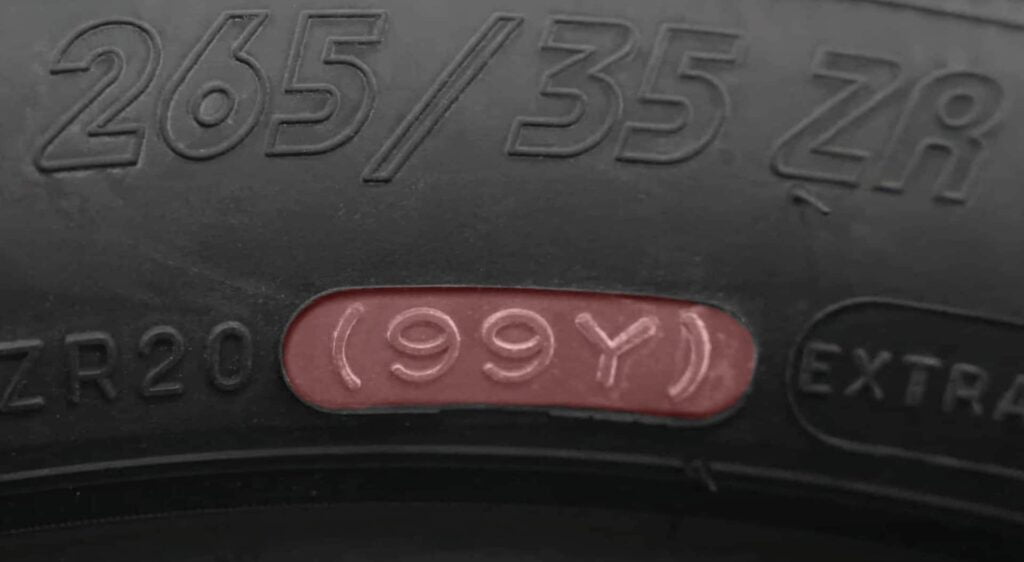
Load capacity, measured in pounds or kilograms, is the maximum amount of load that a tire can safely withstand. This doesn’t really vary by a significant margin, but it’s not uncommon for all-season tires to have a slightly better load-carrying capacity than summer tires, thanks to their sturdier construction and thicker tread.
For the average user, this isn’t a consideration unless you’re in the habit of loading up your vehicle and need every pound of carrying capacity that it’s rated for.
If you’re regularly going over the manufacturer’s maximum payload rating, you’ve got much more than just tire load capacity to worry about.
4. Speed Rating
The speed rating of your tires is an indicator of the maximum speed that it can safely withstand when in good condition, inflated to the correct pressure, and not under an overloaded condition. Summer tires typically offer higher speed ratings than all-season tires which is a consideration if you hit the occasional track day.
Again, for the everyday user, you don’t need to worry about speed ratings. Your average summer tire for a passenger car or SUV will have a speed rating significantly higher than the highest speed limit in the USA.
In case you’re wondering, that figure is 85mph on a stretch of highway outside Austin, Texas.
Related Reading: How Tire Repairs Affect Speed Rating
5. Treadwear Rating
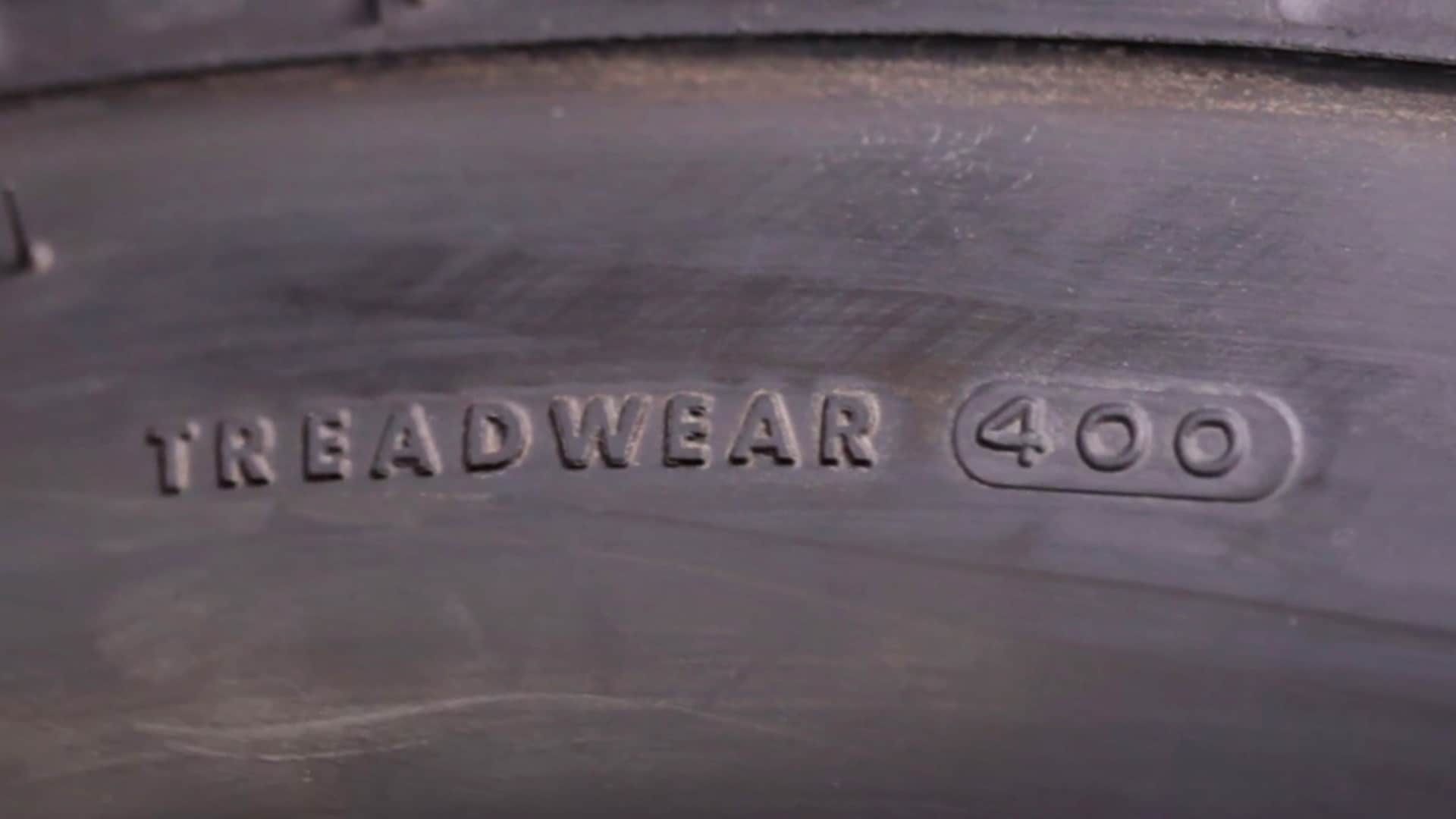
Summer tires trade off performance with tire wear, due to their softer materials, lower tread depth and construction. You’ll find that a summer tire may wear out twice as fast as a comparable all-season tire in some cases.
Treadwear ratings for passenger car tires range between 100 and 1000. Summer tires tend to have treadwear ratings in the 300 range, while all-season tires tend to have treadwear ratings upwards of 500, and some highway all-season tires may even top 600.
6. Tire Lifespan and Expiry Date
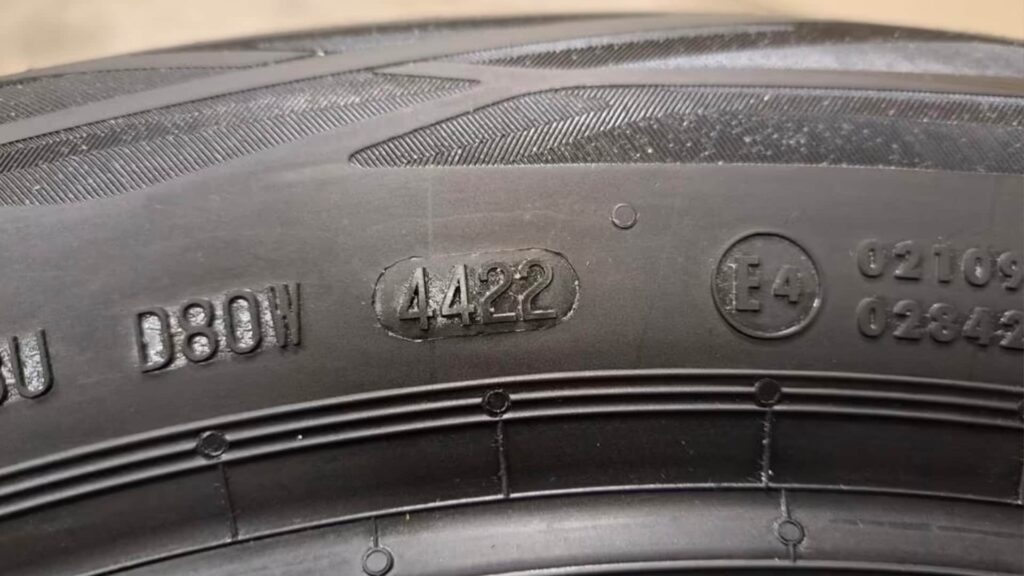
Tires carry an expiry date, which is actually based on their production date. You can find the production date stamped on the sidewall as a four-digit code. The first two digits designate the week of production and the last two signify the year of production.
For example, a tire that reads 4422 has been manufactured in late October – early November of 2022.
Tires typically are considered expired if they are older than five years from the date of manufacture, as the rubber compounds break down and the tire becomes brittle rather than pliable. Driving on expired tires can be hazardous.
7. Brand And Price
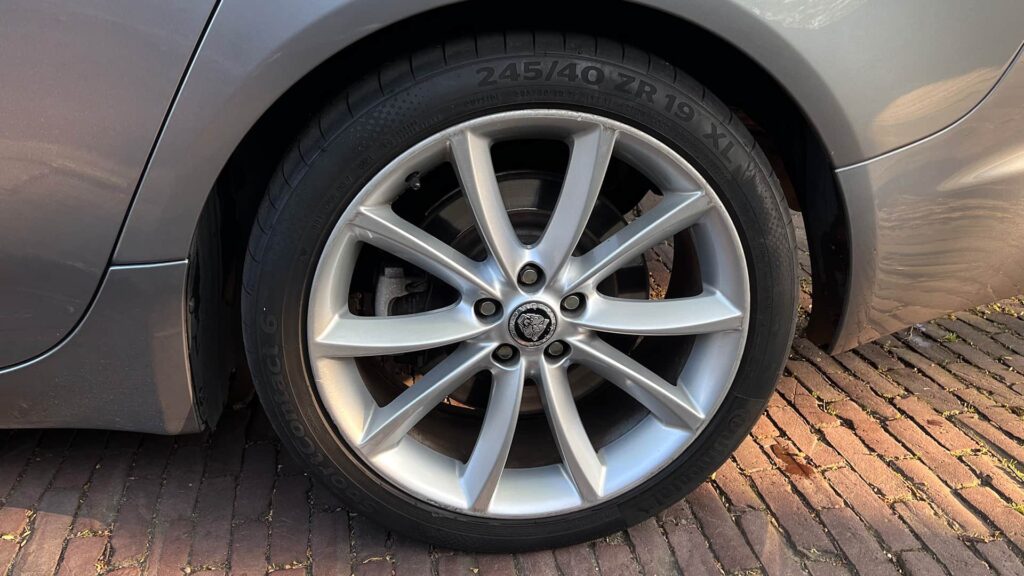
There is a myriad of brands at various price points to pick from. We’d recommend that you comprehensively check out online reviews of as many options as possible to determine which one suits you best.
While it can be tempting to pick the cheapest tire, we’d strongly recommend against doing that, at least until you’ve done your research and determined that you aren’t receiving a substandard product. Tires are the only thing connecting your vehicle to the road after all.
Michelin Primacy 4 vs Pirelli Cinturato P7 vs Falken Ziex
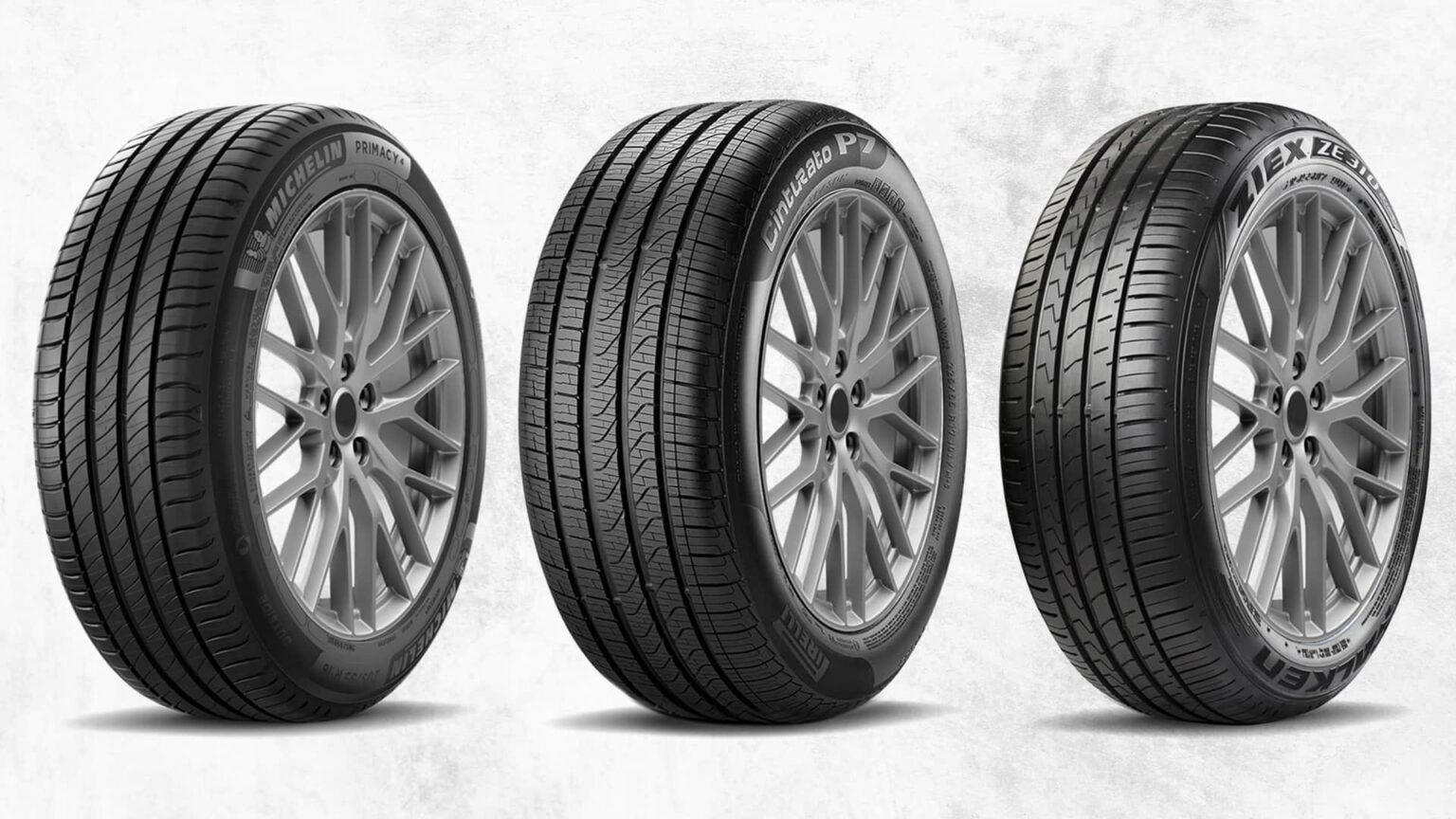
Michelin Primacy 4 tires receive great reviews and are said to be very balanced under wet and dry conditions. They offer decent steering feel, good ride comfort, fuel savings thanks to low rolling resistance, and short braking distances under dry conditions. They are also noted for their durability, which is important if you regularly drive down broken or poorly maintained roads with plenty of loose debris.
Pirelli’s Cinturato P7 is a sporty tire with excellent handling characteristics in the wet and dry. It’s also noted to offer plenty of ride comfort and an excellent steering feel. However, the tradeoffs include increased tire wear and lower traction on loose surfaces than comparable brands.
Users have also noticed higher fuel consumption with the Cinturato P7 than with competitor brands. Finally, Pirelli tires in general, are noted to have softer and less durable sidewalls, which can sustain damage more readily if you regularly traverse broken or poorly maintained roads with loose debris around.
The Falken Ziex series offers a blend of capability and fuel economy at a competitive price point. It’s said to offer decent handling characteristics under dry conditions, coupled with adequate steering feel and braking distances. It also claims to offer some fuel economy savings. However, some users have noted that they didn’t really see any fuel economy benefits, and that the braking and cornering performance under wet conditions was substandard.
Final Words
Based on the above, we’d recommend the Michelin Primacy 4 range as our pick for the best summer tire to choose from. Offering an excellent blend of wet and dry performance, durability, and fuel economy, it’s a worthwhile investment to ensure safe and secure motoring as the weather warms up.
